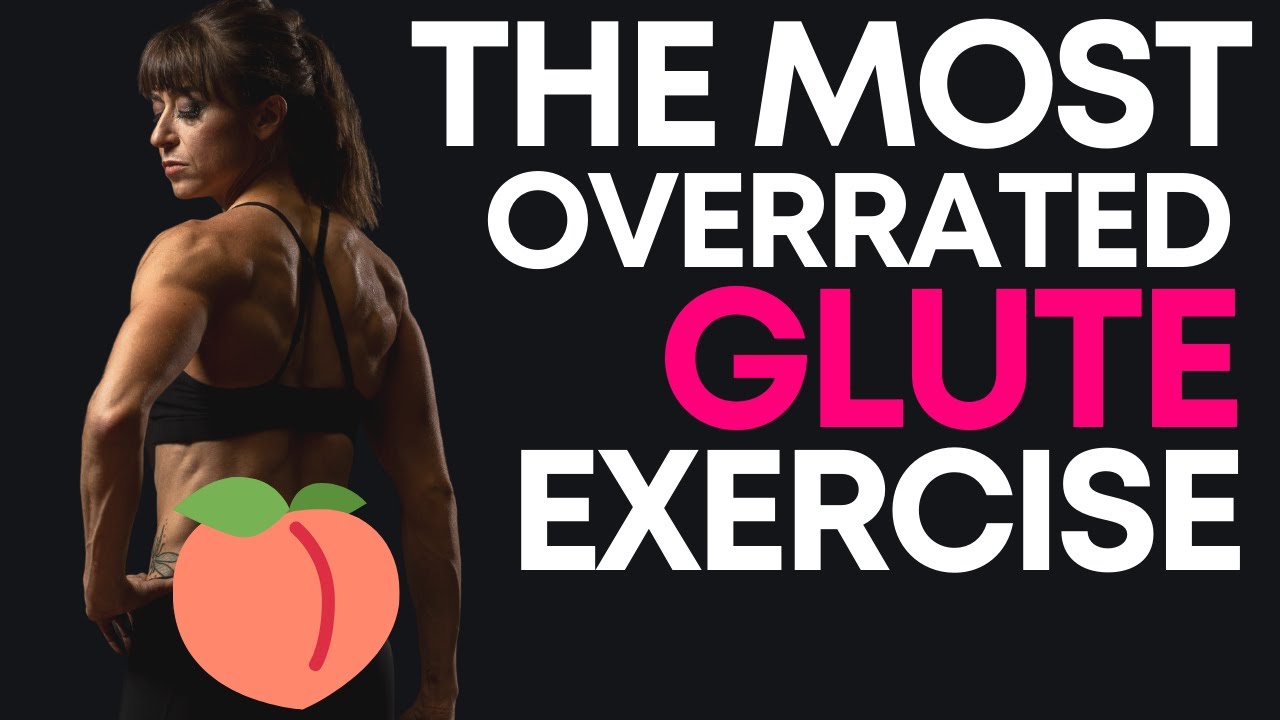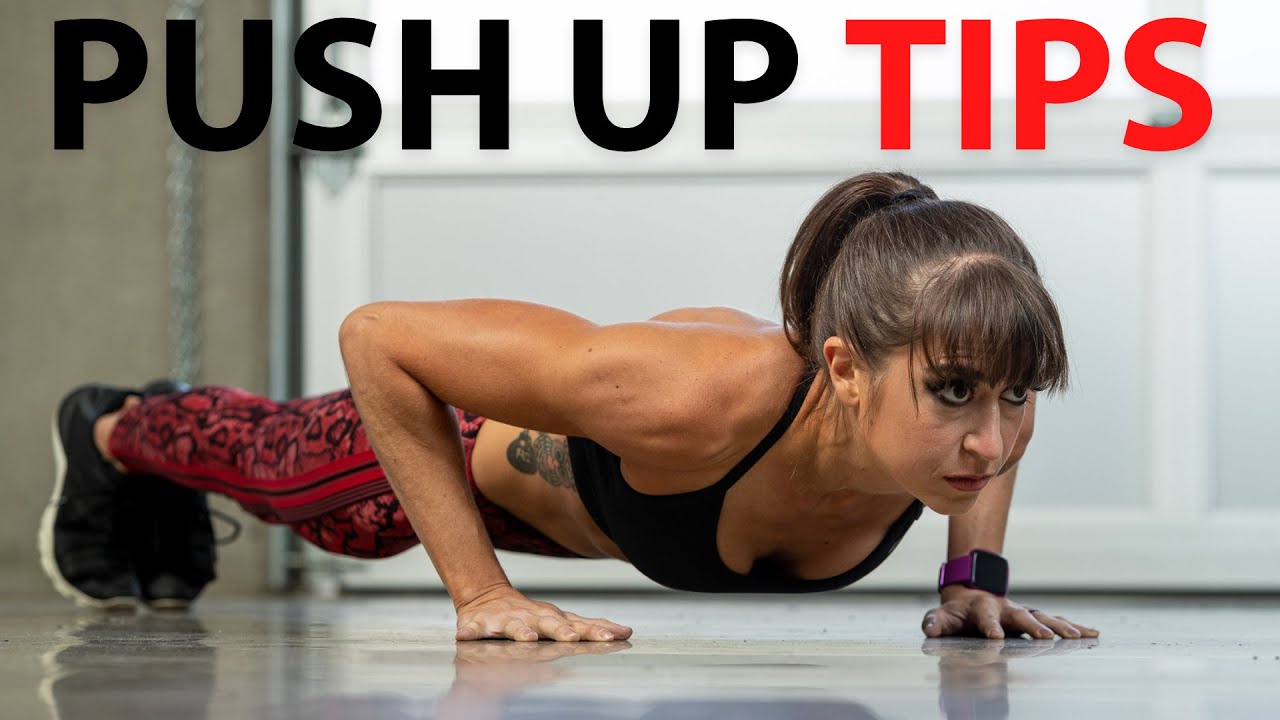#1: Bulldog Hold
This move looks so simple, but it is more challenging than we give it credit for. It’s a great way to vary our plank work and improve our shoulder, hip and knee stability.
Not only will this move work your arms, shoulders and abs, but you’ll also feel those quads burning.
It’s a great way to strengthen your quads if you can’t perform active knee flexion yet even.
And off of this move, you can build up to fun plank variations as well as crawling movements!
To do the Bulldog Hold, set up on your hands and knees with your hands under your shoulders and knees under your hips.
Think about engaging the side of your back as you extend your toes and lift up onto the balls of your feet and your hands.
You want your knees to be hovering just off the ground, no more than a few inches up. This makes your quads have to work harder.
Hold here, bracing your abs as if being punched in the gut.
As you fatigue, do not let your butt go up in the air.
From here you can start to add in even little movements, like foot lifts or shoulder taps before you start to fully crawl.
If you find this is too much on your shoulders, abs or quads, you can modify the movement, placing your hands up on a bench even to start!
#2: Glute Bridge
The glute bridge is honestly a key move to include no matter your fitness level.
While it may be a main exercise in your workouts starting out, and move to more of your activation series and warm up as you progress, it is a fundamental move we all need to be more intentional with.
It’s also often a move we do incorrectly, allowing our lower backs and hamstrings to compensate and work for our glutes.
But if you want to get the full benefit of this move, you need to make sure your glutes are driving the hip extension and you’re only bridging up as high as you can truly control while using your glutes.
To do the glute bridge, set up on your back with your feet flat on the ground just beyond your finger tips when your hands are down by your sides. You can play around with this positioning based on your mobility, putting them slightly further out.
Then bend your elbows to drive your upper arms down into the ground.
Tilt your pelvis up toward your ribs to perform a posterior pelvic tilt and engage your abs and glute maximus before you even lift up off the ground.
Then engage your glutes to lift up. Think about driving your knees toward your toes as you drive through your upper arms and back.
Do not lose that posterior pelvic tilt and begin to arch as you lift.
Make sure to keep your feet flat on the ground and do not let your heels come up.
Pause and squeeze your glutes as hard as you can, then lower down.
You want to make sure you aren’t arching to get up higher or driving yourself backward.
Feel those glutes and do not let your hamstrings take over.
Lower back down and repeat the move. Focus more on engaging those glutes over lifting higher.
To progress the move you can move to a unilateral bridge when ready or even increase the range of motion by placing your feet up on something.
If you struggle to engage your glutes with this bodyweight variation, you can try a frog bridge. The external rotation of your hips can help you better engage your glutes!
#3: Inverted Row
Learning to properly engage your back as you’re getting back into working out is key.
Too often, we let our biceps do the work, pulling with our arms, or end up with neck or shoulder pain because we don’t have proper scapular control.
The Inverted Row is an amazing bodyweight move to learn how to really engage your back to power the pull while having an amazing core strengthening bonus.
Just make sure as you do this row, and any other rowing movements, that you are focused not only on pulling the weight or handles toward you, but also on moving those shoulder blades toward your spine so your back is truly working!
To do the Inverted Row, you can do this move off a bar or suspension trainer. I love the suspension trainer especially when first starting out because you can use a variety of grips.
Using the suspension trainer, hold a handle in each hand with a neutral grip to start, or your palms facing in.
Walk your feet forward as you lean back. The closer to parallel to the ground you get, the harder the move will be.
Flex your feet, pulling your toes up toward your shins as you squeeze your glutes and brace your abs. You want to think about this as a plank and create tension from your feet up.
With your arms straight, make sure to unshrug your shoulders.
Draw your shoulder blades toward your spine as you pull your chest up toward the handles.
You want that initial movement to come from beginning to move your shoulder blades.
Row your chest up toward the handles but don’t try and pull so far you start to round forward just to increase the range of motion.
Stop when you’ve pulled your shoulder blades as close to your spine as you can.
Pause to feel your back then control the lower back down and full arm extension.
Based on your scapular control you can round out a bit at the bottom and protract those shoulder blades, but if you’re just starting out, you may not want to fully disengage your back.
Make sure not to shrug as you pull!
#4: Split Squat
The squat is a fundamental, knee dominant movement pattern. But is also one we often struggle to control and perform correctly through a full range of motion.
That is why, when first starting back, the split squat is a great unilateral option that will not only strengthen your legs but also help you improve your hip mobility and stability.
It’s a great way to also make sure you’re addressing any imbalances and not letting your stronger side take over and perpetuate any issues or pain.
Based on your mobility, you may choose to do this move from the ground or starting with your knee on a block.
Setting up at the bottom of this move is a great way to use this to stretch your hips while truly learning how to control the movement.
Set up kneeling on the block or ground with your front ankle under your front knee and your back knee about under your hip with toes extended so you’re on the ball of your foot.
Really press the ball of your back foot down into the ground as you squeeze that back glute to extend your hip.
Push through the ball of that back foot and your entire front foot to drive up to standing.
Once standing, slowly lower back down to come to rest on the ground.
Then repeat driving back up.
Focus on your feet and their connection to the ground.
And make sure to engage that back glute.
Working through this full range of motion will help you maintain your mobility while improving your stability!
#5: Push Up
The push ups is basically a moving plank so not only a fabulous core move but also a great exercise to work your chest, shoulders and triceps.
However, the full push up from your toes can easily turn into the worm if we don’t yet have the strength to perform it correctly which can lead to wrist, elbow and shoulder aches and pains.
When building back with the push up, an incline variation works well as even the knee push up can be more advanced than we often give it credit for!
To do the push up off an incline, you can start off a wall and slowly lower the incline you use as you progress.
With your arms out in front of you, place your hands on the wall so your hands are just outside your chest. Walk your feet a couple of feet back from the wall so you’re leaning into your hands on the wall.
Spread your fingers to create tension into your hands and drive your heels toward the ground flexing your quads.
Lower your chest toward the wall, making sure not to shrug. You want your body moving as one unit.
Make sure your elbows don’t flare up by your shoulders and create a T shape with your body. You want your upper arms and body to create an arrow shape.
Once you lower your chest toward the wall, press the wall away to fully extend your arms back out.
As you lower the incline, do not do so if you can’t still perform a full range of motion.
#6: Wall Hinge
The final amazing bodyweight basic I think you need to include as you rebuild is the Wall Hinge.
Too often when we do hip hinging movements like the deadlift, we let our lower backs take over and do all of the work instead of engaging our glutes like we should.
When we’re first rebuilding it’s key we learn to control that proper hip hinge to load our glutes and hamstrings so our lower back doesn’t end up overloaded and injured.
While you may find you quickly progress past this movement and either add loads to the hip hinge or move on to unilateral variations like the single leg deadlift, this is a great place to start to make sure you aren’t simply leaning or rounding over.
To do the Wall Hip Hinge, stand about 6 inches to a foot from the wall with your back to the wall and your feet about hip width apart.
You can cross your hands over your chest as you stand tall.
Focus on your entire foot pushing into the ground as you push your butt back toward the wall behind you.
Do not start this move by bending your knees to squat down. You are moving at the hips and then softening your knees in response to reach back.
Touch your butt to the wall and make sure to keep your back flat. Do not round toward the ground.
Then push the ground away with your feet to drive back up to standing.
Your torso will lean forward to keep you balanced as you sit back. Do not let your weight shift forward!
SUMMARY:
As you rebuild, always continue to assess how you feel with moves. Remember progress is never linear so at points you do want to step back.
We are NEVER above the basics and there is always more we can do to improve even these fundamental moves.
Slow and steady use these moves in your training to regress to progress and earn those harder variations and heavier loads!
Looking for help while rebuilding?
Check out my 3-Part RS Formula!








